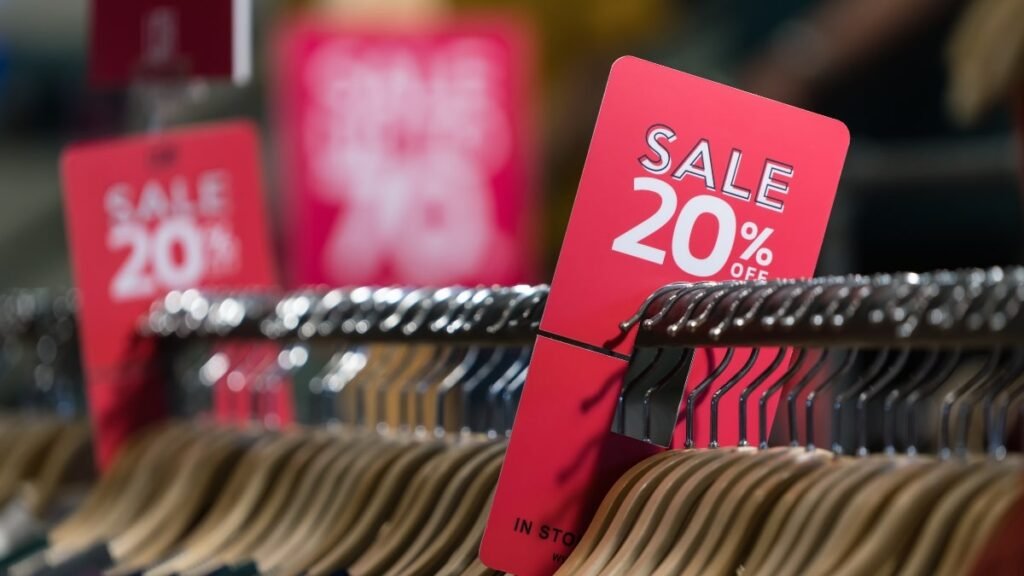Spending more to save more is a common marketing technique used by companies worldwide. It is easy to fall for deals like “limited-time offers” or “buy one, get one free,” or to add more items just to get a discount or free shipping. This is known as spaving.
However, according to consumer savings expert Andrea Woroch, this habit can lead to overspending and credit card debt.
What is Spaving?
Spaving is quite similar to “girl math” which breaks down the item price by the cost per use to justify spending. Spaving can be seen as a spending habit where buyers justify their buying decisions with various rationalizations.
According to Brad Klontz, a psychologist and certified financial planner from Boulder, Colorado, spaving is all about justifying the urge to buy more.
According to the U.S. Bureau of Labor Statistics and Economic Data, it is essential to understand that the average price of food and beverages has increased about 22% to 25% since before the pandemic.
Research by Capital One showed that some major brands have reduced packaging sizes by over 20% in the past year. Corporations are reporting record-breaking profits, with corporate profits now accounting for the highest share of national income in over a decade.
Meanwhile, consumers have been feeling the high prices.
Grocery expenses have doubled for many compared to pre-pandemic times. This has led to more people relying on credit to cover their expenses.
Klontz, who’s also a member of CNBC’s Financial Advisor Council, said that researchers have become experts at getting people to spend more money. Klontz said that spaving ultimately leads to overspending and financial stress.
So How to Manage Spaving?
To manage spaving, Woroch suggests carefully considering purchases and weighing the trade-offs. This is important, especially if the purchases could harm your financial well-being. She has given six steps to avoid falling into the spaving trap or to manage spaving better.
Identifying triggers that lead to impulse purchases is vital for avoiding spaving. To reduce temptation, she advises deleting shopping apps and unsubscribing from store newsletters. Instead, to manage spaving more efficiently, she suggests seeking coupons only when necessary through deal sites like CouponCabin or browser plug-ins like SideKick.
Another way to manage spaving is by using cash for purchases. She said people are less likely to spend money on something unnecessary when using actual bills. She suggests using the Fetch app to take pictures of receipts and earn points, which can be redeemed for gift cards at retailers like Walmart, Target, and Amazon.
Before falling for “buy more, save more” deals, it is important to review the numbers. She said that sometimes, the percentage discount remains the same but appears more significant.
According to Woroch, if someone is often tempted by limited-time sales at a specific store, it is best to avoid going there altogether. To manage spaving better, she suggests ordering online and selecting curbside pickup.
To slow down impulse purchases online, consider removing stored payment details. This adds a step to the buying process, giving you more time to think through your decisions before making a purchase, advises Woroch.
To avoid impulsive purchases, give yourself time to reconsider by setting a rule to wait 24 hours before buying. This delay can help you assess whether the purchase is truly necessary or just something you want at that moment.
Read Also:
Jobs Report April 2024 Reveals Surprises and Changes Market Sentiments
Rosenburg Emphasizes There’s Room for Interest Rate Cut by the Bank of Canada
Canada’s Housing Plan: Understanding the Challenges and Opportunities
